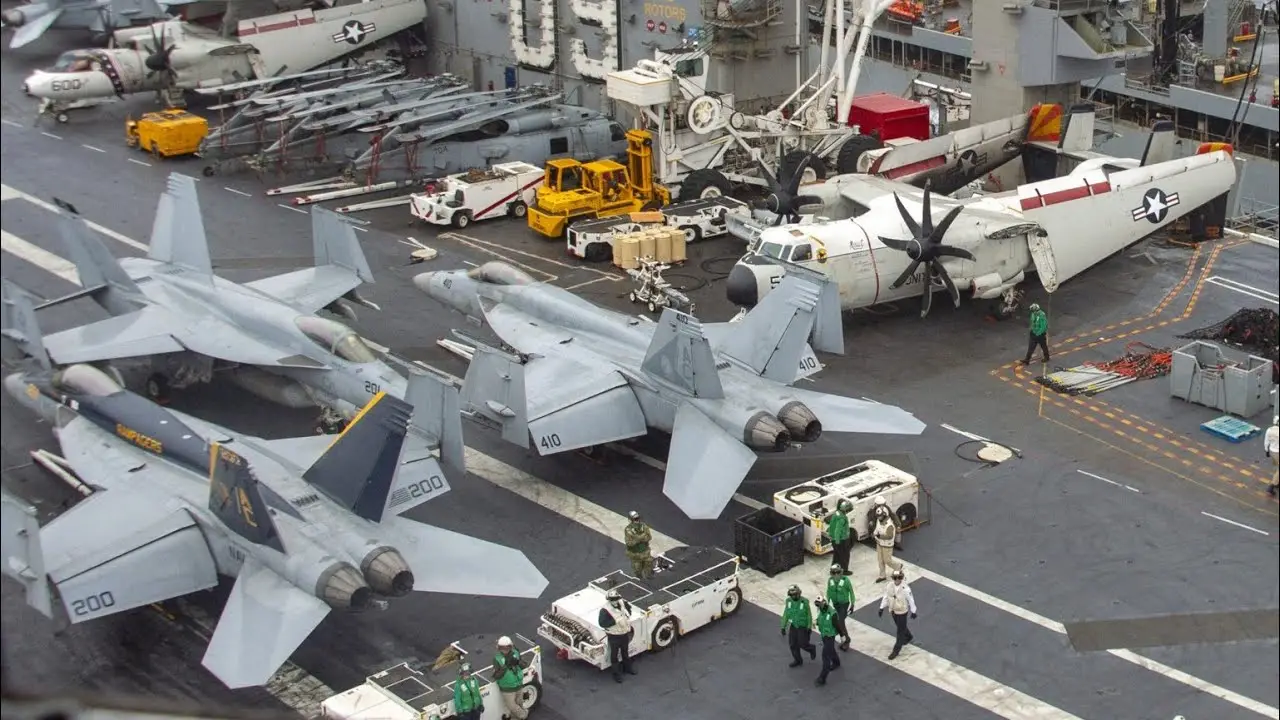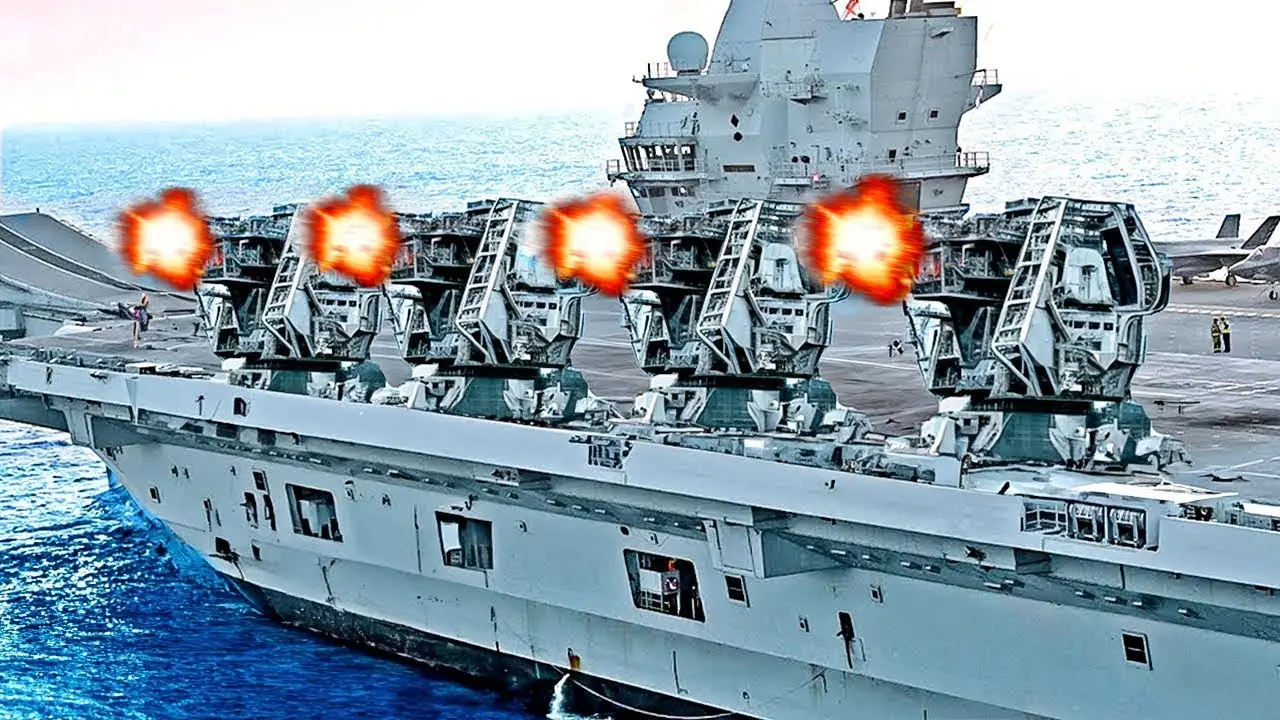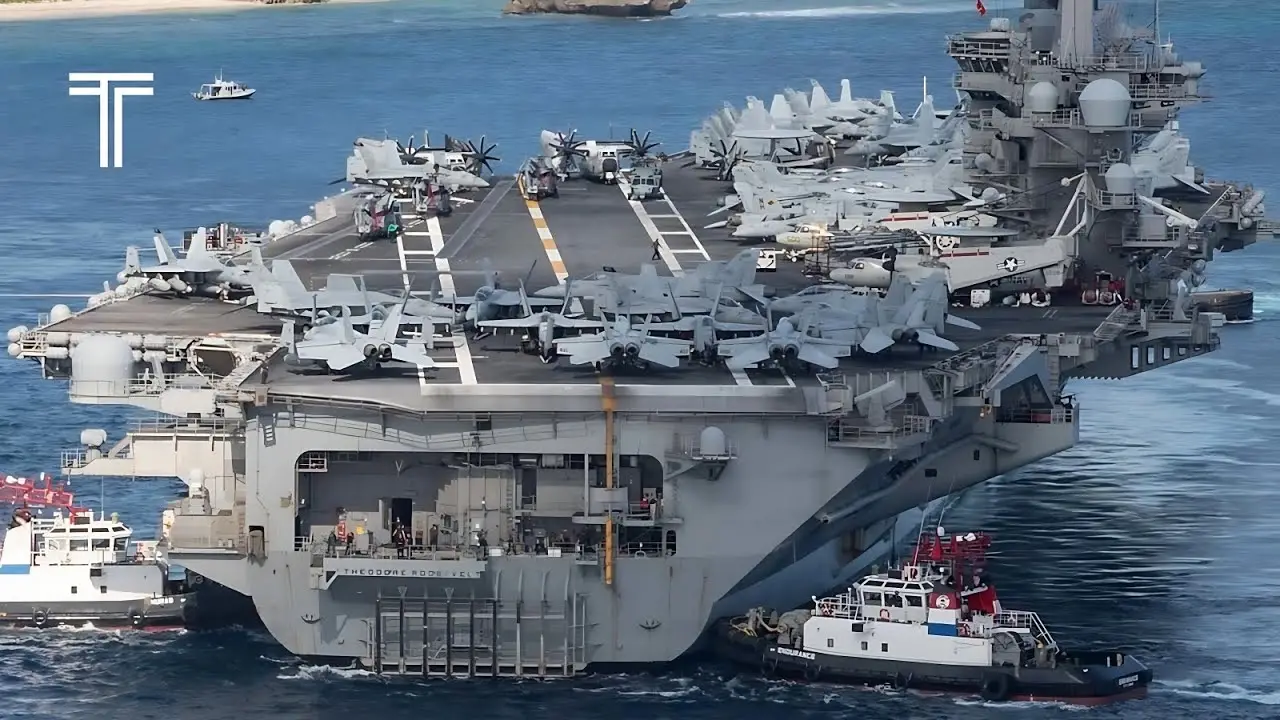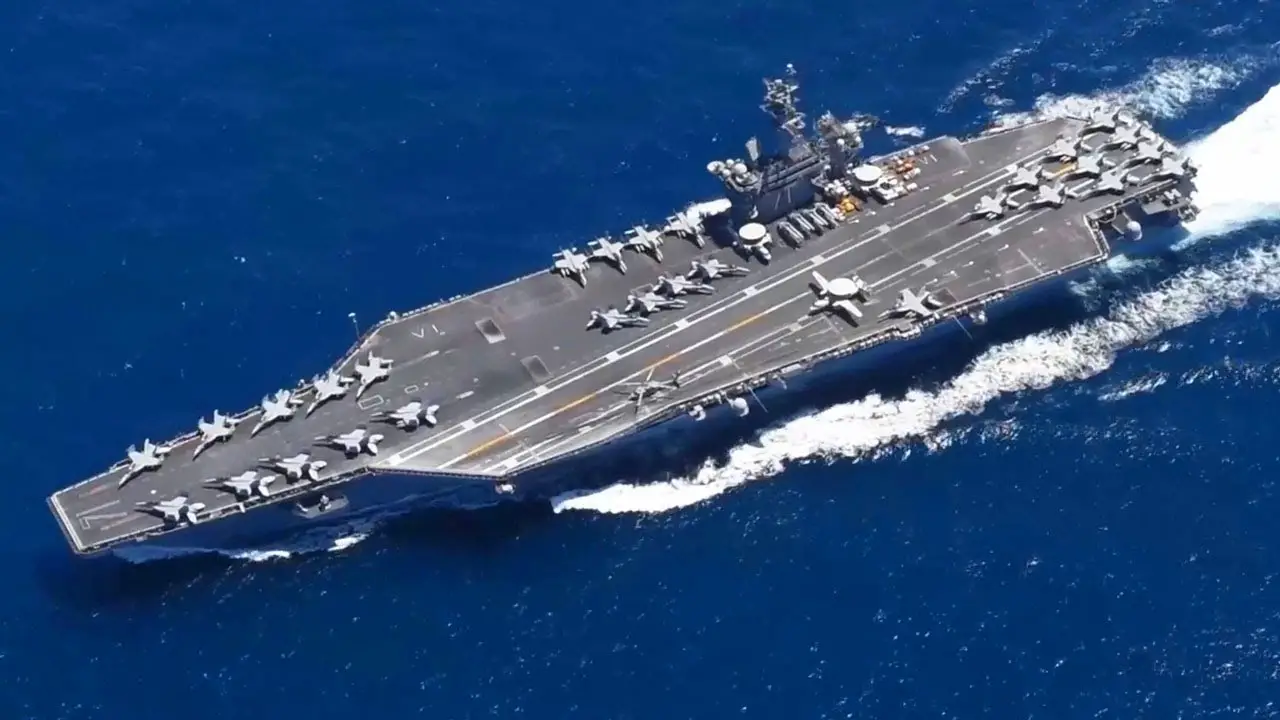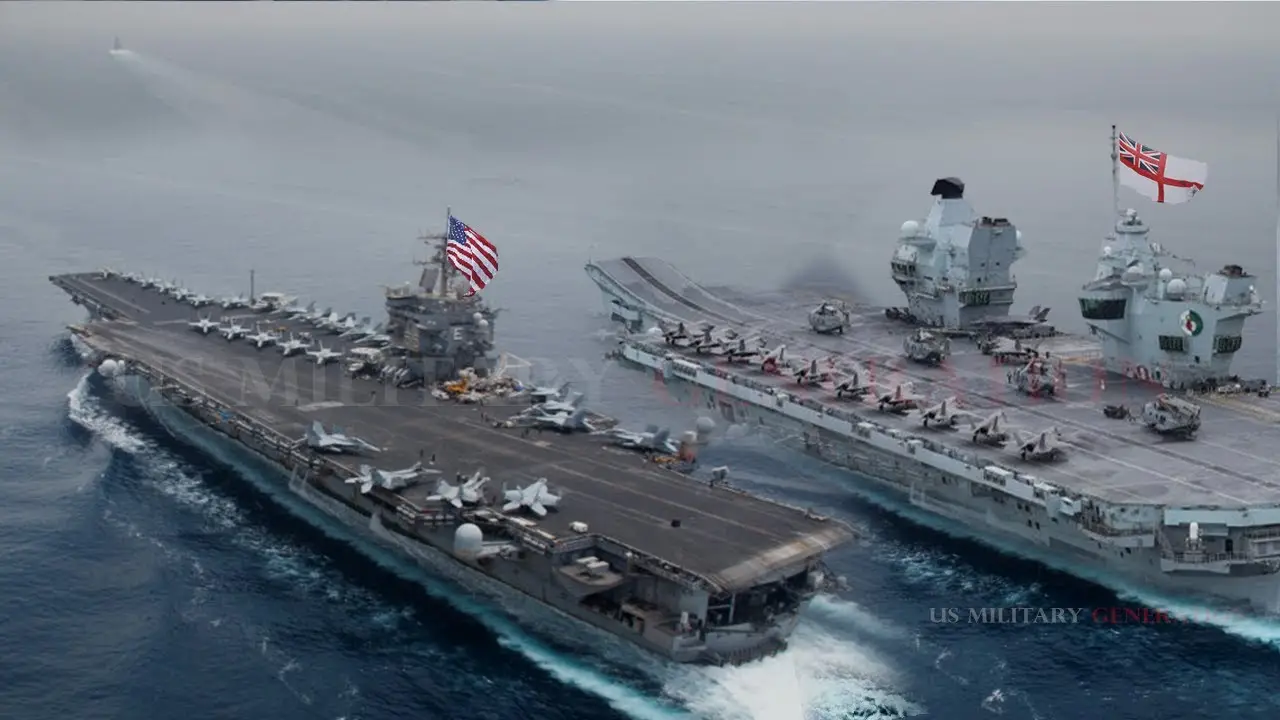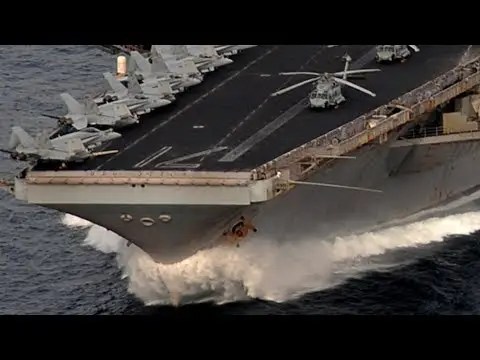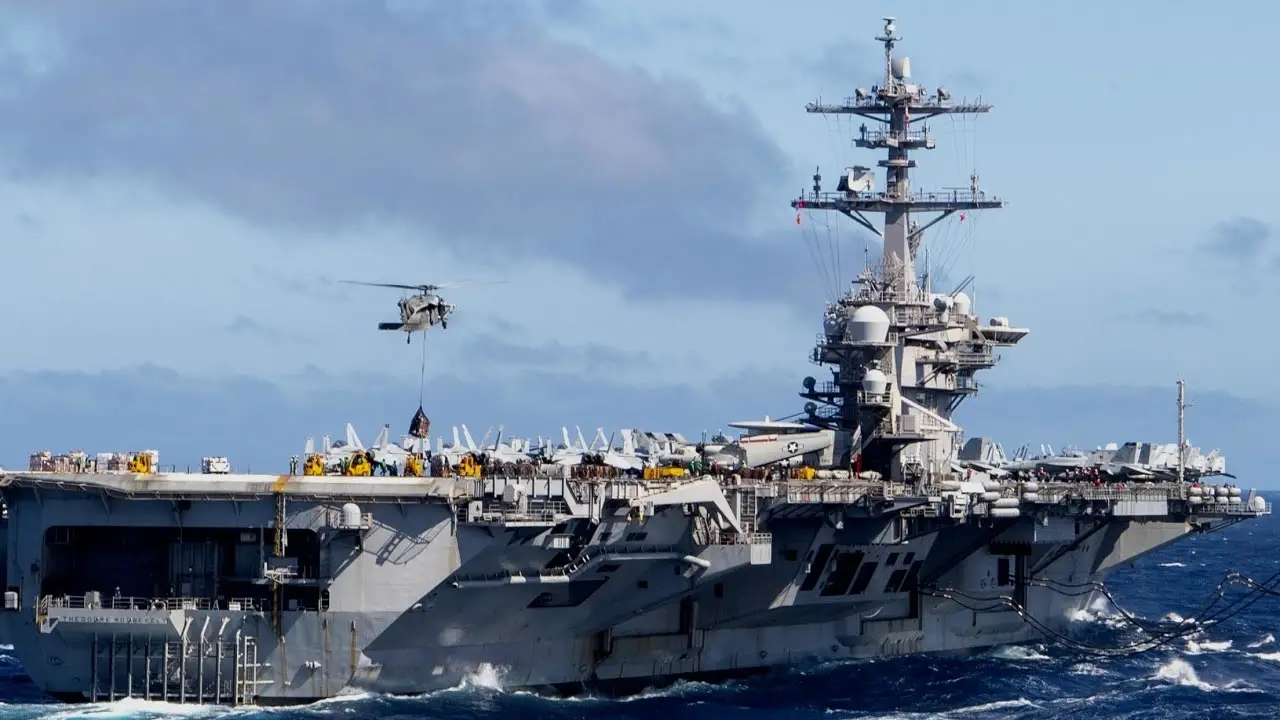Exploring the History and Impact of USS Theodore Roosevelt (CVN-71)
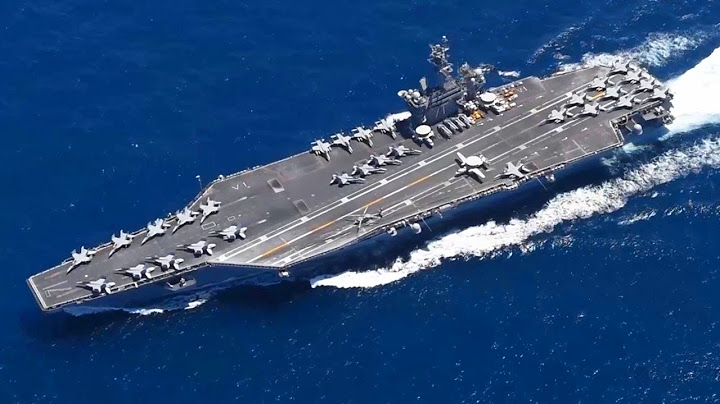
The USS Theodore Roosevelt (CVN-71) is a Nimitz-class nuclear-powered aircraft carrier of the United States Navy. Named after the 26th President of the United States, Theodore Roosevelt, the ship has a rich history dating back to its commissioning in 1986. With its impressive specifications, notable operations, dedicated crew and advanced weaponry, the USS Theodore Roosevelt (CVN-71) has played a significant role in shaping the US Navy’s power and influence in the world. In this blog post, we will delve into the detailed history and impact of this iconic ship.
History of USS Theodore Roosevelt (CVN-71)
The history of USS Theodore Roosevelt (CVN-71) can be traced back to the early 1970s when the US Navy realized the need for a new class of aircraft carriers to replace the aging Enterprise-class ships. This new class was named after the legendary Admiral Chester W. Nimitz and was designed to accommodate the new generation of jet aircraft. The first ship of this class, the USS Nimitz (CVN-68), was commissioned in 1975 and was followed by nine more ships, including the USS Theodore Roosevelt (CVN-71).
The construction of the USS Theodore Roosevelt (CVN-71) began in 1981 at Newport News Shipbuilding in Virginia. It took five years to complete the ship and on October 25, 1986, it was officially commissioned into service. The ship was initially assigned to the Atlantic Fleet and spent its first two years conducting training exercises and participating in various international events. In 1989, the ship was deployed to the Mediterranean Sea as part of Operation Desert Shield, marking its first major operation.
Specifications of USS Theodore Roosevelt (CVN-71)
The USS Theodore Roosevelt (CVN-71) is an impressive feat of engineering and technology. With a length of 1,092 feet and a displacement of 104,000 tons, it is one of the largest aircraft carriers in the world. The ship is powered by two Westinghouse A4W nuclear reactors which provide enough energy to drive four steam turbines, producing a total of 260,000 horsepower. This allows the ship to reach speeds of over 30 knots.
The ship is equipped with four catapults and three arresting gear systems, enabling it to launch and retrieve aircraft at a rapid rate. It has a flight deck measuring 4.5 acres, making it capable of carrying up to 90 aircraft, including fighter jets, helicopters, and other support aircraft. The USS Theodore Roosevelt (CVN-71) also has advanced radar and defense systems, making it a formidable force on the sea.
Notable Operations of USS Theodore Roosevelt (CVN-71)
Since its commissioning, the USS Theodore Roosevelt (CVN-71) has been involved in numerous military operations and exercises. In 1990, the ship was deployed to the Persian Gulf as part of Operation Desert Storm, providing air support for ground forces during the Gulf War. In 1992, the ship was assigned to the Pacific Fleet and made several deployments to the Western Pacific.
The USS Theodore Roosevelt (CVN-71) played a crucial role in the Kosovo War in 1999, launching airstrikes against Serbian forces. In 2001, the ship was involved in Operation Enduring Freedom, conducting airstrikes in Afghanistan after the 9/11 terrorist attacks. The following year, it was deployed to the Arabian Sea in support of Operation Iraqi Freedom. Since then, the ship has participated in various operations and training exercises, showcasing its versatility and capabilities.
Exploring the History and Impact of USS Dwight D. Eisenhower (CVN-69)
Crew and Personnel of USS Theodore Roosevelt (CVN-71)
The USS Theodore Roosevelt (CVN-71) is home to approximately 5,500 personnel, including sailors and aircrew. The ship operates on a rotating crew schedule, with one crew working on board the ship while the other is on leave or training. The two crews switch every six months, ensuring that the ship is always ready for deployment.
The crew of the USS Theodore Roosevelt (CVN-71) is made up of highly trained individuals from various backgrounds and specialties. From pilots and mechanics to administrative staff and support personnel, each member plays a crucial role in the smooth operation of the ship. The crew also includes a dedicated medical team, chaplains, and counselors to provide support and care for the sailors.
USS John F. Kennedy (CVN-79) History, Features, and Impact on National Defense
Weapons and Technology on USS Theodore Roosevelt (CVN-71)
As one of the most advanced ships in the US Navy, the USS Theodore Roosevelt (CVN-71) is equipped with the latest weapons and technology. It has four Phalanx Close-In Weapons Systems (CIWS), which can fire thousands of rounds per minute to defend against incoming missiles and other threats. The ship also has Tomahawk and Harpoon missiles, Surface-to-Air Missiles (SAMs), and torpedoes for offensive and defensive purposes.
The USS Theodore Roosevelt (CVN-71) also boasts advanced radar systems, such as the AN/SPS-49 Air Search Radar and the AN/SPS-48E 3-D Radar, which provide comprehensive air and surface surveillance capabilities. The ship’s Electronic Warfare (EW) suite allows it to detect and counter enemy electronic signals, making it more difficult to be detected or targeted.
USS Theodore Roosevelt (CVN-71) in Popular Culture
The USS Theodore Roosevelt (CVN-71) has been featured in several books, movies, and TV shows, cementing its place in popular culture. In the book “Carrier: A Guided Tour of an Aircraft Carrier” by Tom Clancy, the author provides a detailed look into life on board the ship and its operations. The ship has also been featured in movies such as “Transformers: Revenge of the Fallen” and “Captain Phillips”.
In the popular TV series “The West Wing”, the USS Theodore Roosevelt (CVN-71) was used as a fictional setting for an incident involving a North Korean jet shot down by US forces. The show’s creator, Aaron Sorkin, said that he chose this ship because it was named after one of his favorite presidents.
Maintenance and Upkeep of USS Theodore Roosevelt (CVN-71)
Maintaining an aircraft carrier is a massive undertaking, and the USS Theodore Roosevelt (CVN-71) requires constant upkeep to ensure its readiness for missions. The crew is responsible for conducting regular maintenance and repairs on the ship, including cleaning and painting, repairing equipment and systems, and conducting safety checks.
The ship also undergoes scheduled maintenance periods called “refueling and complex overhaul” (RCOH), which take place every 25 years. During these overhauls, the ship is taken out of service for several months to undergo extensive upgrades and modernization. This ensures that the USS Theodore Roosevelt (CVN-71) remains a state-of-the-art carrier throughout its lifespan.
USS Carl Vinson (CVN-70) History, Specifications, and Impact
Impact of USS Theodore Roosevelt (CVN-71) on US Navy
The USS Theodore Roosevelt (CVN-71) has left a lasting impact on the US Navy since its commissioning. With its impressive capabilities, the ship has played a crucial role in maintaining the US Navy’s dominance and influence in the world. It has been involved in various operations, providing air support and power projection capabilities wherever it goes.
In addition, the advanced technology and weapons on board the USS Theodore Roosevelt (CVN-71) have paved the way for future advancements in naval warfare. Its success has also inspired the construction of more Nimitz-class carriers, with plans for a new class of carriers, the Gerald R. Ford-class, already in motion.
Future Plans for USS Theodore Roosevelt (CVN-71)
The USS Theodore Roosevelt (CVN-71) has been in service for over three decades and is expected to continue serving for many more years to come. The ship is currently undergoing its mid-life refueling and complex overhaul at Newport News Shipbuilding, which is expected to be completed by 2022. This will extend the ship’s lifespan and ensure its continued service for the US Navy.
The USS Theodore Roosevelt (CVN-71) is also expected to participate in various operations and training exercises in the future, including joint exercises with other countries’ navies. As technology continues to advance, the ship may also receive upgrades and modifications to keep up with emerging threats and maintain its position as one of the most advanced aircraft carriers in the world.
Exploring the History and Impact of USS Nimitz (CVN-68)
Controversies Surrounding USS Theodore Roosevelt (CVN-71)
Despite its successful track record, the USS Theodore Roosevelt (CVN-71) has not been without controversies. In 2015, the ship made headlines when three sailors were killed and eight others injured during a training exercise in the Arabian Sea. The incident sparked a debate about the risks and safety protocols onboard aircraft carriers.
Another controversy surrounding the USS Theodore Roosevelt (CVN-71) was its deployment to the Western Pacific in 2020, at the height of the COVID-19 pandemic. The ship experienced an outbreak of the virus, and the then-Captain Brett Crozier wrote a letter pleading for help to contain the spread. The letter was later leaked to the media, leading to Crozier’s dismissal and creating a controversy over the handling of the pandemic on board the ship.
Conclusion
The USS Theodore Roosevelt (CVN-71) has a rich history and an impressive legacy that continues to this day. With its advanced technology, formidable weaponry, and dedicated crew, the ship has played a crucial role in shaping the US Navy’s power and influence in the world. As the ship undergoes its overhaul and prepares for future missions, it is clear that the USS Theodore Roosevelt (CVN-71) will continue to be a significant force for many years to come.

